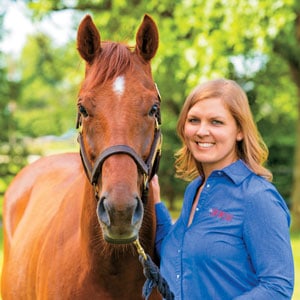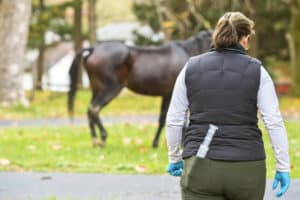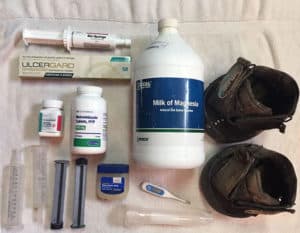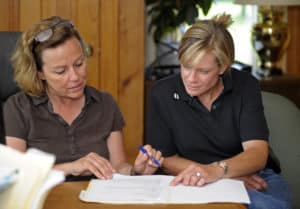Injuries: They’re Not Just For Racehorses
- Topics: Horse Sense (and Sensibility)
A few weeks ago I attended New Vocations’ second-annual Barn & BBQ party, a celebration of retired racehorses and their athleticism and versatility, along with a tip of the hat to an organization that’s doing a fabulous job in ushering hundreds of them into their second careers. Over dinner I ended up having a lively conversation with a group of fellow-retired-racehorse owners about musculoskeletal injuries sustained during and after racing.
It started with a colleague and me discussing a recent experience managing my retired racehorse. For all you pedigree enthusiasts, It Happened Again is a graded-stakes winner who won just shy of $700,000 during his six-year racing career. “Happy” retired sound in July 2014 at the $25,000 claiming level. I bought him in December of that year directly from his racing owner, and I’ve been enjoying working with him ever since. This spring he was going quite well and we were entered in our first two shows of the year.

Create a free account with TheHorse.com to view this content.
TheHorse.com is home to thousands of free articles about horse health care. In order to access some of our exclusive free content, you must be signed into TheHorse.com.
Start your free account today!
Already have an account?
and continue reading.

Written by:
Stephanie L. Church, Editorial Director
Related Articles
Stay on top of the most recent Horse Health news with














